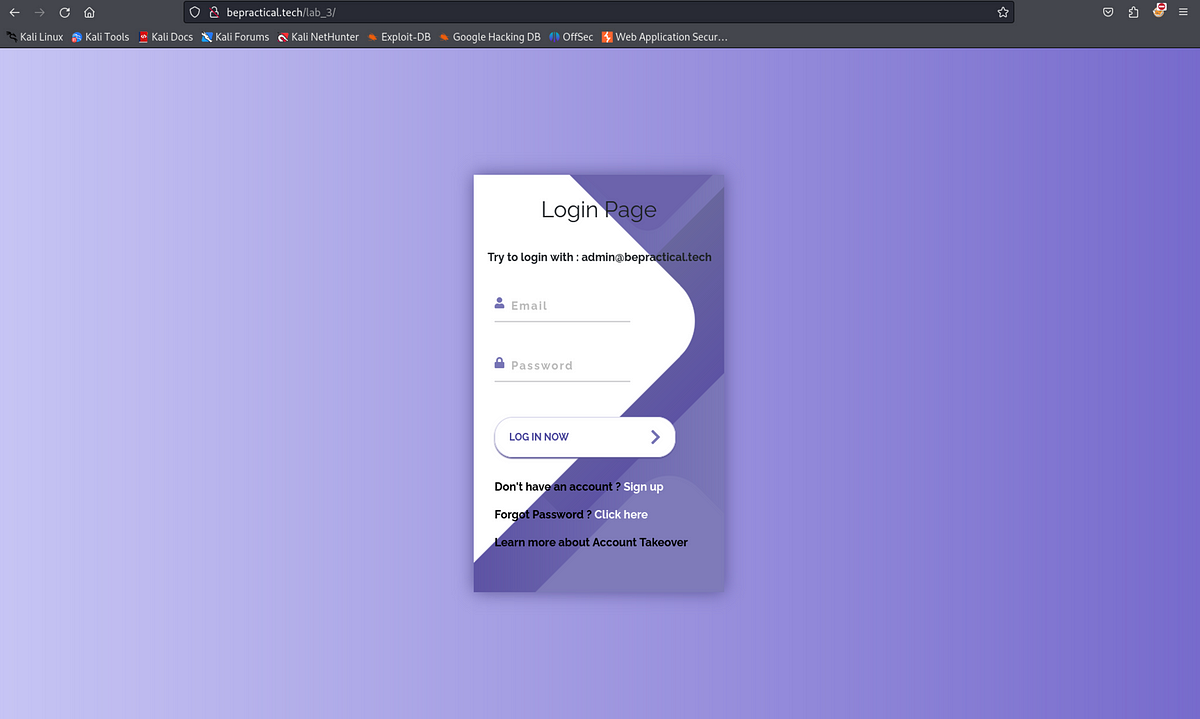BOOK THIS SPACE FOR AD
ARTICLE ADWelcome Security Researchers,
I am Sokol Cavdarbasha, a 20-year-old Security Researcher from Kosovo, currently serving as Cyber Security Engineer at Beriflapp. My engagement in the field of cybersecurity is marked by an unyielding dedication to enhance the safety of the digital realm, striving to contribute to a more secure internet environment.
In today’s digital world, cybersecurity vulnerabilities continue to pose a significant threat to organizations. One such vulnerability is unrestricted file upload, which can lead to devastating consequences if not properly addressed. In this blog post, we will explore a recent case involving unrestricted file upload at Microsoft’s main domain, highlighting the potential risks and impacts of such a security flaw.
Understanding Unrestricted File Upload:
Unrestricted file upload refers to a vulnerability that allows an attacker to upload arbitrary files to a web application, without any type of validation or restriction. This vulnerability can occur when the application does not properly check the file type or content during the upload process. As a result, an attacker can upload malicious files, such as scripts or executables, and potentially compromise the security of the application and its users.
The Importance of Security at Microsoft’s Main Domain:
As one of the leading tech giants, Microsoft plays a critical role in maintaining the world’s digital infrastructure. With millions of users accessing their services, security becomes paramount. However, even industry leaders like Microsoft can fall victim to vulnerabilities if not thoroughly assessed and addressed in a timely manner.
The Stored Cross-Site Scripting (XSS) Vulnerability:
One of the primary risks associated with unrestricted file upload is the potential for a stored Cross-Site Scripting (XSS) attack. In a stored XSS attack, malicious code is injected into a vulnerable web application and then permanently stored on the server. When other users access the affected page, the malicious code is executed in their browsers, leading to various adverse consequences.
The Impact of the Vulnerability:
In the case of Microsoft’s main domain, if an attacker were to exploit the unrestricted file upload vulnerability, they could upload a file containing malicious code. This code could then be executed whenever a user accesses the compromised page, potentially leading to sensitive data theft, unauthorized access, or even complete control over the victim’s browser.
Steps To Reproduce:
Visit the https://www.microsoft.com/en-us/concern/bing2. Go to File Upload form and choose a file with .jpg extension
3. Turn on the Intercepter and press “Upload” button
4. Change the “name” to test.svg, the “filename” to test.svg and Content-Type to image/svg+xml and upload your svg code with xss payload on it
5. Respond the Request and you will get in response the endpoint where that file has been uploaded
6. Visit the endpoint and you will get XSS triggered.
The PoC Video:
Stored XSS on Microsoft PoCThe Response from MSRC Team:
Thanks for attention and i hope that you enjoyed reading this article.
You Can Follow me on :
Instagram: https://www.instagram.com/sokolcav
Linkedin: https://www.linkedin.com/in/sokol-%C3%A7avdarbasha-845426232/
Twitter: https://twitter.com/sokolicav
Sincerely,
Sokol Çavdarbasha.
.png)
 4 months ago
60
4 months ago
60 














 Bengali (Bangladesh) ·
Bengali (Bangladesh) ·  English (United States) ·
English (United States) ·